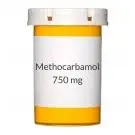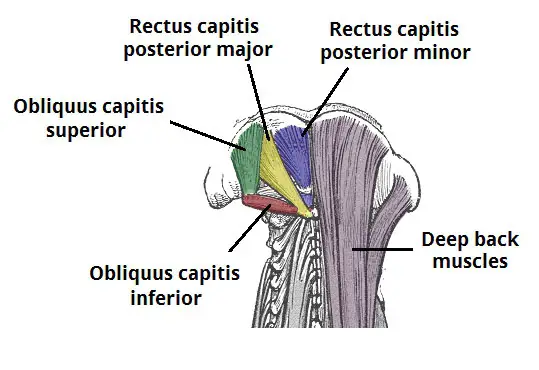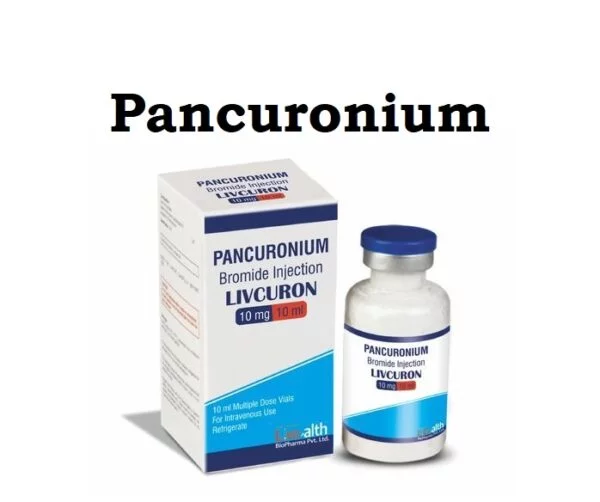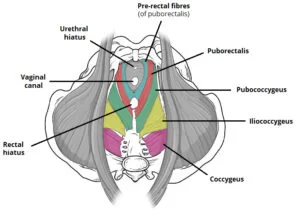Varus stress test
What does a varus stress test test for?
- This Stress Test is used to examine the integrity of the lateral collateral ligament(LCL) of the knee joint.
- This is a important test to do when examine the posterolateral instability of the knee joint.
What is Purpose of this test :
- This test is also known as the lateral stress test & adduction test .
- This test is used to the assess of the integrity of to the lateral collateral ligament (LCL) of the knee.
- This test also used for to the check of to the one plane means straight lateral instability which means to the tibia is moves away form to the femur on to the lateral side.
- This Ligament injuries is common into the athletic population .
- This test is occur as of to the either of the isolated injuries & with the combined of the other structural injuries .
How to perform of this test ?
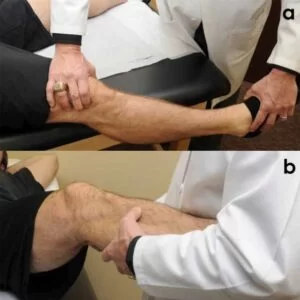
- Position of patient for this test is the supine position.
- In to the supine position leg is into the relax during of the test .
- After that the examiner is place of to the one hand at on to the inside of to the knee & other hand is placed on to the foot.
- Then palpate to the lateral joint line .
- After that the therapist is apply to the addcution force at the foot .
- Then apply to the varus force means push to the knee laterally through of to the knee joint.
- This test is performed at to the two degree .
- Both of the 30 & 0 degrees of knee flexion.
- When perform the test at to the 30 degrees, this Ligament is more isolated from the other lateral joint structures.
- When performing of this test in the second version means check to the 0 degrees of to the knee flexion, it is allows to the assessment of to the other lateral joint structures.
- In the third way of the test is Hughston ‘s varus stress test .
- This hughston test is apply into the same position of the varus stress test .
- Difference is this both test is therapist is grasps to the fifth & forth toes & also apply to the varus force on to the knee .
- This test is also apply on to the both the degree
Which is structure injured during the test ?
At to the 0 degree of to the flexion
- Fibular or lateral collateral ligament
- Posterior cruciate ligament
- Anterior cruciate ligament
- Posterolateral capsule
- Arcuate – popliteus complex
- Lateral gastrocnemius muscle
- Biceps femoris tendon
- Iliotibial band
At to the 30 degree of to the flexion :
- Lateral collateral ligament
- Biceps femoris tendon
- Iliotibial band
- Postero lateral capsule
- Arcuate – popliteus complex
What is Interpretation of this test ?
- If to the knee joint is adducts to the greater than of the normal means compare to the unaffected side leg.
- In this situation test is positive.
- It is indicate to the LCL tear.
- If to the this test is positive at to 20° but negative at to the 0° so that only LCL is the torn.
- When the positive result at both the degree 0° & 20° it is indicate to the involvement of the cruciate ligament .
Reliability & validity of this test :
- Sensitivity of this test = 25%.
- Specificity of this test = not reported.
- In the specificity this test is perform in to the 20° of flexion & test in extension is not to the done.
- Reliability of the test = in extension – 68%
- In 30° flexion – 56%.
- So that This test is to fairly solid.
What is stress radiographers of this test ?
- When the take to the stress radiographers of this test so that result is that :
- This graphs is do on to the 0 degree of to the flexion
- This is give to the 3 grades of injury
| opening of to the graphs | grade of the injury |
| 5 mm | 1 |
| up to 8 mm | 2 |
| 8 mm | 3 |
What is Importance of this Test:
- LCL is important for to the resist of to the this force at of to the knee due to its attachments of the along to the femur & fibular head.
- With to the fibular nerve it is located around to the fibular head .
- Injury with to the mechanism of this varus force of the knee is apply to the potentially stress of to the fibular nerve .
- Other tissues of this risk with to the injuries in the injuries include of to the PCL & arcuate complex, mostly injury is do the varus force is combined with the extension.
- At the 0 degrees, usually no to occurs gapping to so that when the o degree apply to the varus stressed &occurs to the gapping during of the test it is indicate to the severe injury is suspected like as the PCL / ACL / LCL or capsule.
- In to the position of to the 30 degrees, some gapping is occurs, because of the LCL & other structures are not to longer stressed of the maximally.
- Lateral collateral ligament is become to the very thick or fibrous ligament which is palpated with to the position of stress in to the figure of 4 position
- Due the difficulty of to this forces be to the mechanism of injury .


